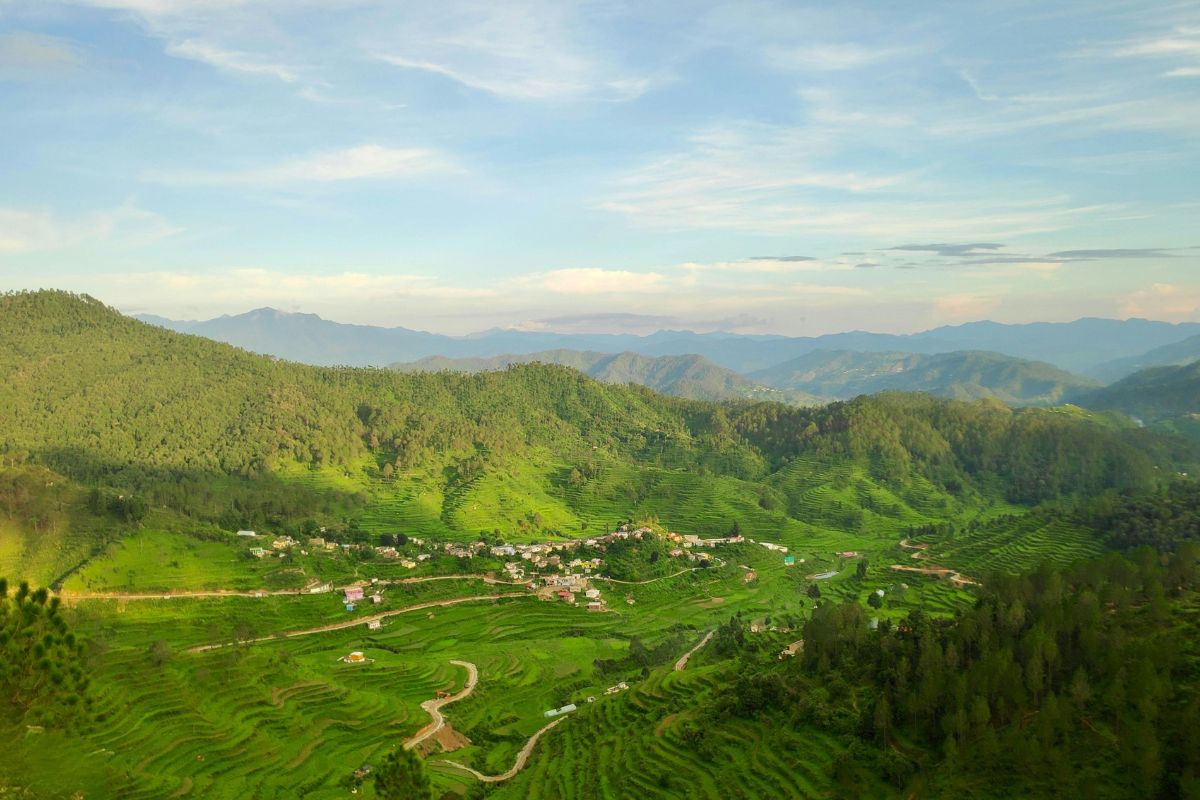Electricity-based cooking emerged as the cheapest option for Indian households in FY2024-25, but uptake remains low due to high upfront costs and lack of awareness. The findings come as India rapidly expands its renewable energy capacity.
E-cooking proved cheaper than PNG and non-subsidised LPG, and competitive with the current LPG price with universal subsidy available to all consumers, according to a report by the Institute for Energy Economics and Financial Analysis.
For a family of four in Delhi, e-cooking costs Rs 5,844 annually. PNG costs Rs 6,667, which is 14% more expensive. Non-subsidised LPG costs Rs 8,024, which is 37% more expensive. Even subsidised LPG for non-PMUY consumers costs Rs 6,424, which is 10% more expensive than e-cooking.
“The cost of electric-based cooking was comparable to the cost of cooking with subsidised-LPG provided to non-PMUY consumers, suggesting that shifting urban households to e-cooking could provide them with affordable and clean fuel, while potentially lowering overall subsidy burden for the country,” the report said.
E-cooking offers multiple advantages beyond cost. It is not highly import-dependent, has lower operating costs, and produces no indoor air pollution. It is highly energy efficient, up to 90%, compared to LPG and PNG which suffer from heat losses at the time of use.
Almost 100% of Indian households have access to electricity, with relatively stable supply in urban areas. India had deployed a total of 256 GW of non-fossil power till September 2025. In addition, 148 GW of renewable energy projects are under construction as of September 2025.
“This expansion of renewable energy capacity in the coming years makes it an ideal time for India to shift to electrification of cooking especially in urban areas,” the report said.
A real-world case study shows the transition is possible. An energy professional’s household successfully transitioned to e-cooking over two years. The household began by replacing some cooking steps with an electric kettle and a portable single induction cooktop.
The family installed a smart plug to track electricity consumption specifically for cooking. With an average consumption of about 2 units of electricity per day, the family was adding around 60 units worth Rs 360 to their electricity bill monthly. This made e-cooking way more cost-effective than both PNG and LPG where the monthly expense as primary fuel comes to about Rs 556 and Rs 535 respectively.
Yet adoption remains slow. The barriers are clear. Transitioning from LPG or PNG to e-cooking requires changing stoves and utensils which could cost about Rs 10,000 for a double induction setup.
The current line-up of electric cookstoves does not offer wide variety and is mostly limited to single induction cooktops, which may not be sufficient for most Indian households for complete cooking.
Earlier experience of power cuts could create a lack of confidence in people considering e-cooking as a primary solution. Power cuts continue to be a concern in times of high peak demand and summer season.
Average daily hours of power supply in urban areas was already at 23.4 hours in FY2023-24. Power shortages at a national level have gone down to a mere 0.1% in FY2024-25 but were at 4.2% in FY2013-14.
There is no exclusive e-cooking policy in the country apart from the National Efficient Cooking Programme launched in 2023. There is no financial support in terms of subsidy or easy financing options for encouraging e-cooking adoption.
The government launched the Go Electric campaign in 2021 to create awareness on benefits of e-cooking devices. Energy Efficiency Services Limited launched NECP in November 2023 to promote affordable and energy-efficient induction cookers, targeting distribution of 2 million cook stoves nationwide.
“Addressing these challenges will require a comprehensive and coordinated strategy. This includes government-supported subsidies for induction cooktop purchases similar to the FAME scheme for electric vehicles, incentives for manufacturers to develop affordable and versatile devices, large-scale awareness campaigns, and state-led demonstration projects,” the report said.
Support us to keep independent environmental journalism alive in India.
Keep Reading
Highway Halt Puts Kashmir’s Fruit Economy at Risk
MP brings back Bhavantar as farmers lose soybean harvests
Stay connected with Ground Report for underreported environmental stories.
Follow us onX, Instagram, and Facebook; share your thoughts at greport2018@gmail.com; subscribe to our weekly newsletter for deep dives from the margins; join our WhatsApp community for real-time updates; and catch our video reports on YouTube.
Your support amplifies voices too often overlooked, thank you for being part of the movement.






